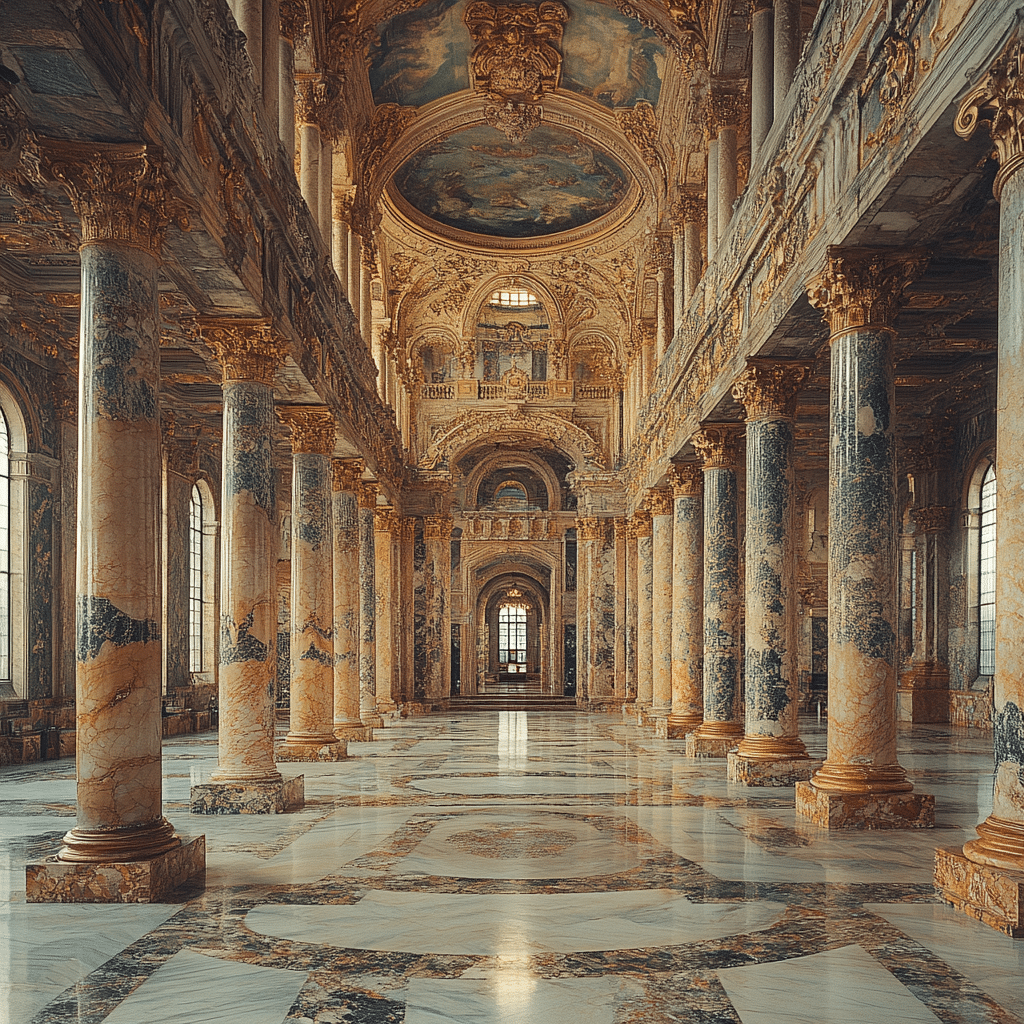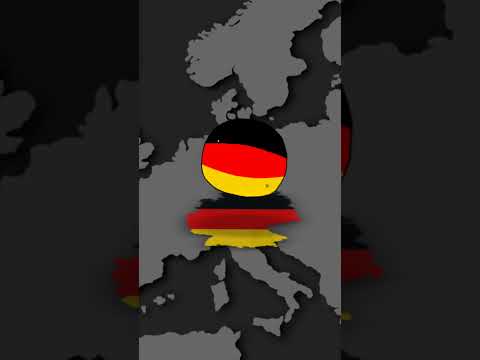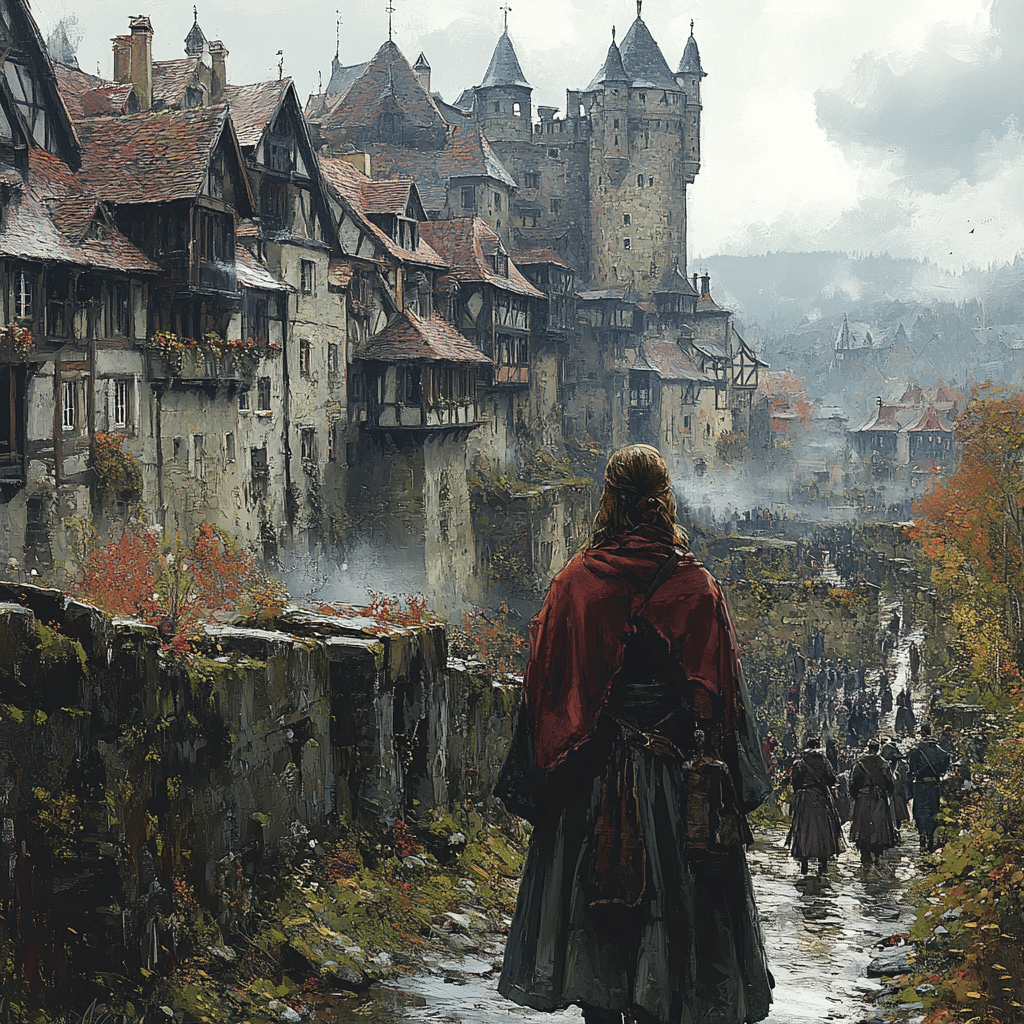
Germania The Lost Land Of Ancient Tribes And Culture
Germania, an enthralling term with deep historical roots, represents a vast region that thrived long before the Roman Empire’s rise. This enchanted land extended well beyond modern Germany, reaching into places like Poland, Austria, and parts of the Czech Republic. With its diverse tribes and rich culture, Germania has shaped European history far more than many realize. Let’s dive into the ancient tribes that not only survived in this captivating landscape but whose echoes still resonate today!
Rediscovering Germania: Top 7 Ancient Tribes that Shaped European History
Known for their fierce resistance to Roman rule, the Visigoths left a lasting legacy with their establishment of the Visigothic Kingdom in Spain. Their blend of warrior spirit and sophisticated political organization laid the groundwork for future European governance structures. It was a real game-changer, showcasing how tribal dynamics could influence statehood.
Often remembered for their notorious sack of Rome, the Vandals also had a remarkable naval presence along the Mediterranean. This undermined any notion that they were solely a destructive force. Their settlements along the African coast exemplified intricate societal structures that contradicted their reputation as mere raiders.
So influential in shaping early English identity, the Saxons migrated from Germania to Britain, leaving behind a legacy that can be traced in the language and culture of modern England. Their social hierarchies and laws became foundational for British society. Who knew a tribe could shift so much in culture?
More than just another tribe, the Franks melded different groups under their leadership, creating what would eventually evolve into France. Their embrace of Christianity under figures like Clovis I played a key role in their expansion. The effect of their consolidation is still palpable today, reminding us of how unity can forge immense cultural change.
This tribe stood firm against Roman advances, occupying areas that align closely with today’s Germany and Switzerland. They played an essential role in defining the early ethnic and cultural landscape of these regions. Their name continues to reflect their Germanic influence, echoing down centuries.
Led by the famed Arminius, the Cherusci shattered Roman ambitions during the pivotal Battle of the Teutoburg Forest. Their victory not only halted the Roman push into Germania but also transformed them into national symbols in modern Germany. Their story is celebrated as a triumph of grassroots resistance.
As one of the earliest tribes mentioned, the Suebi’s role in laying the foundations for the early German state cannot be overstated. Their journey across Europe highlighted the fluid boundaries of tribal movements and migrations that would shape history.
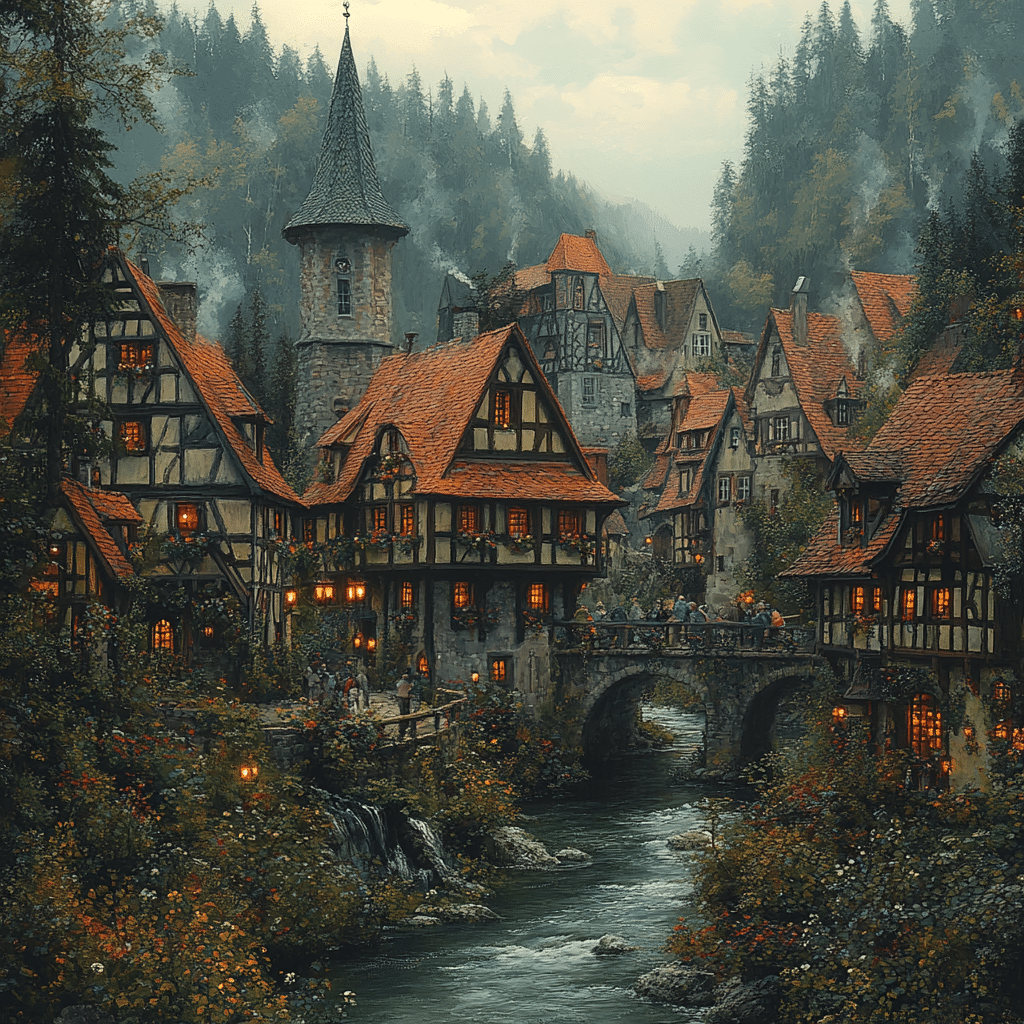
The Cultural Tapestry of Germania: Heritage, Beliefs, and Practices
Diving deeper, Germania’s cultural landscape bursts with the spiritual beliefs and social practices of its tribes. Understanding what made them tick offers insight into their lasting influence.
Many tribes in Germania practiced a pantheistic belief system, intertwining nature and deep respect for deities. Their seasonal festivals mirrored a collective gratitude and connection to the Earth. Such rituals highlight how communal values were central to their existence and are echoed in modern-day celebrations.
The artistry of Germania was anything but primitive. With exquisite metalwork and wood carvings, their craftsmanship mirrored complex social structures. Objects unearthed from archaeological digs often reveal sophisticated aesthetic standards and functionalities beyond mere utility.
Proto-Germanic, the language spoken in Germania, is the ancestor of several modern languages, including English and Dutch. Storytelling thrived in their culture, laying the groundwork for folklore and myth that still captivates audiences today. This oral tradition was vital for passing down histories and customs, proving that words could indeed shape cultures.
Germania’s Influence Today: The Legacy of Ancient Tribes in Modern Culture
The fascination with Germania doesn’t stop at history books; it blooms vibrantly in today’s culture. From films to festivals, the influence of ancient tribes remains a thrilling undercurrent in contemporary life.
Movies like “The Eagle” and Netflix’s “Barbarians” tap into the tribal legacies of Germania, showcasing their stories in engaging ways. Such representations not only entertain but also educate viewers on the complexities of these ancient societies. They resonate with audiences searching for heroes of the past.
Celebrations like the “Germanic Heritage Festival” in rural Merica offer something special. They bring together reenactments, traditional music, and storytelling, allowing attendees to step back into a world rich in history. These events connect modern people with their ancestors, revealing the warm thread between past and present.
Social media sites, especially Instagram, have witnessed a surge in accounts celebrating ancestral traditions and mythologies. This new age of storytelling allows people to share connections to their past, enriching our understanding of history in a playful, modern context. The trend inspires individuals to explore their roots, helping to inform cultural conversations in a rapidly changing world.
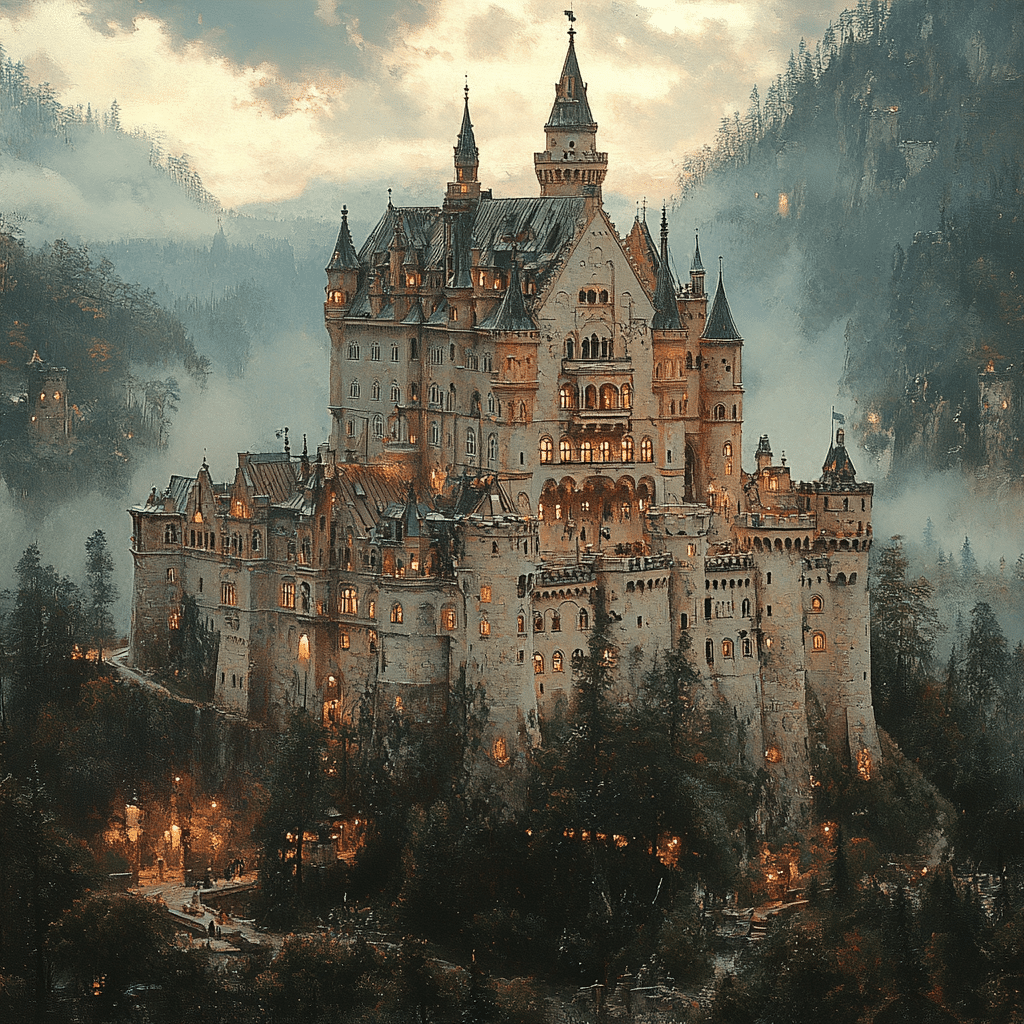
Innovation: Reviving Germania’s Spirit for Future Generations
Looking to the future, the spirit of Germania continues to inspire. By celebrating the rich and vibrant cultures of ancient tribes, we reinforce the importance of diversity and resilience in our global society.
As we tell their stories, we empower future generations to explore their own cultural identities. By doing so, we turn a new leaf in an ongoing saga, one that welcomes everyone into the broader tapestry of human experience. The legacy of Germania teaches us that cultural stories and shared histories can unite us, no matter how far we’ve come from our roots.
In this way, the tales of Germania aren’t just confined to history—they live on in all of us today. Whether you’re a film buff, a history enthusiast, or someone enjoying a casual cultural festival, Germania’s legacy shapes our lives in countless ways, ensuring its memory will endure for ages to come.
So, gear up for an exciting journey into the past, and let’s embrace the lessons of Germania together!
Germania: The Lost Land of Ancient Tribes and Culture
The Mystique of Germania
Germania, known for its fascinating tapestry of ancient tribes and cultures, conjures images of fierce warriors and sprawling landscapes. Interestingly, this region was not just a wild and untamed land; it was home to tribes like the Goths and Vandals, who played crucial roles in European history. Feeling a bit like a time traveler? It’s as if one could take a peek into this intriguing past, revealing traditions and lifestyles that shaped modern Europe. Speaking of intriguing personalities, if you’re wondering who is Taylor Swift dating, her eclectic dating history sometimes feels almost as adventurous as the tales from Germania!
Cultural Richness Awaits
Another fun tidbit? Germania was rich in folklore and mythology. The tribes worshipped gods and goddesses that reflect both nature and war, illustrating their values and beliefs. This cultural depth does remind us of contemporary artists like Urvashi Rautela, who channels her culture through cinematic expression. Speaking of entertainment, have you ever caught wind of how Bridget Fonda has changed through the years? She, too, brings a cultural legacy that connects back to the roots of storytelling—just like those ancient tales from Germania.
A Touch of Nature and Society
The geography of Germania isn’t just a backdrop; it played a vital role in shaping the lives of its inhabitants. Dense forests, rolling hills, and flowing rivers provided resources and strategic advantages. On that note, in today’s world, influencers often find inspiration in nature just as the tribes did in their formative years. Check out the trending series Influencers Gone Wild, captivating audiences by showing these modern-day adventurers navigating a vastly different cultural landscape. And let’s not forget the role of music in culture—just like the Flea Red Hot Chili Peppers showcases in today’s rock scene, which echoes the rhythmic drumbeats of ancient Germania!
Unveiling the stories of Germania makes us realize just how intertwined our past is with the present, highlighting how historical narratives still resonate through pop culture. So, next time you encounter tales of ancient tribes, remember that they still echo today, striking chords as powerful as any cinematic experience.
